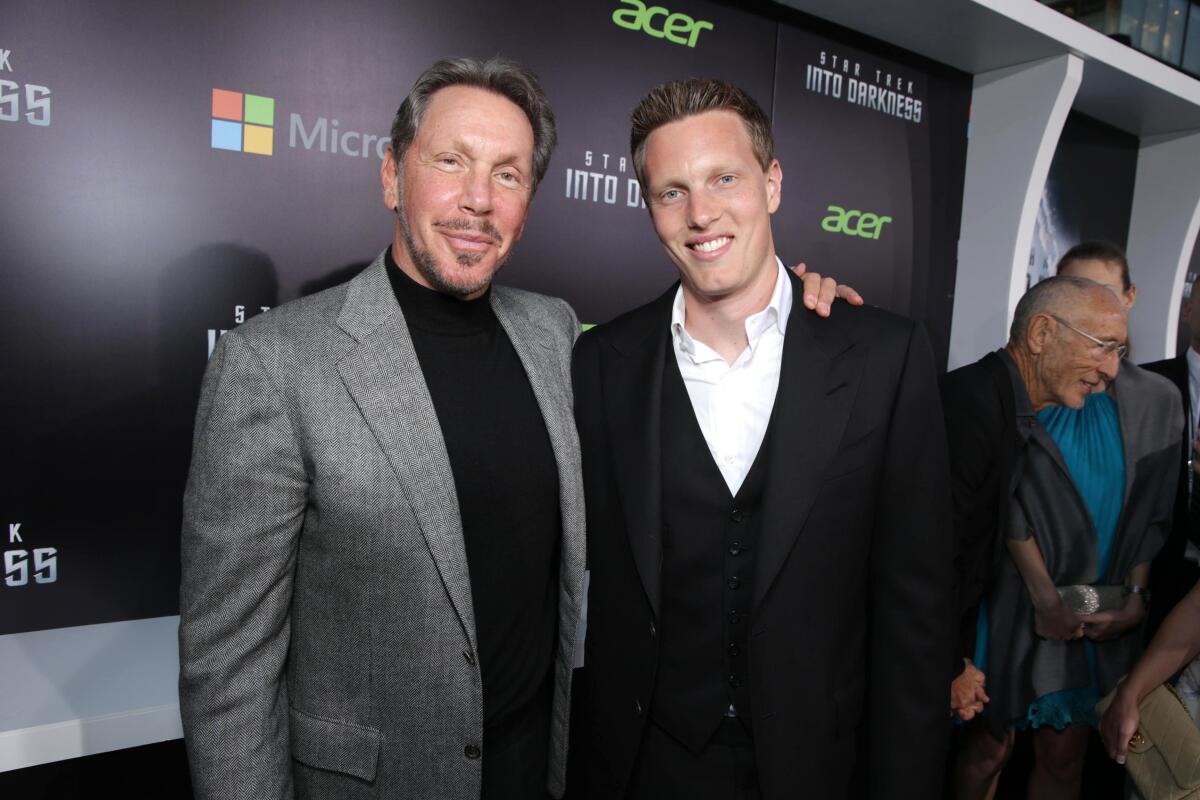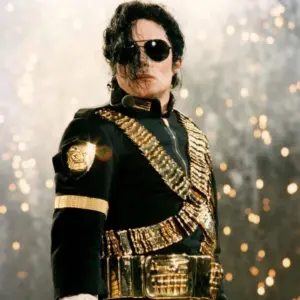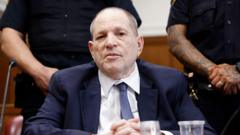Date: July 30, 2025
Byline: Investigative Desk
I. THE PR MACHINE IN THE WAKE OF TRAGEDY
When tragedy strikes the entertainment world, the public sees grief, memorial concerts, and celebrity resilience. What they don’t see is the sophisticated public relations blueprint that follows, designed not for healing, but for narrative control and commercial rebound. Investigators highlight industry figures like Guy Oseary, manager to megastars and longtime executive at Universal Music Group (UMG).
Court filings and whistleblower accounts put Oseary and UMG at the center of trauma recovery campaigns, using mass event shocks to reshape public perception and repackage artists into global icons.
II. CASE STUDY: MANCHESTER AND ARIANA GRANDE
The 2017 Manchester Arena bombing led to a meticulously crafted PR campaign. Ariana Grande, partially managed by Oseary’s team, transitioned from an affected pop star to a symbol of healing through the “One Love Manchester” benefit concert, which raised millions and significantly boosted her fame.
III. HOW THE BLUEPRINT WORKS
The post-trauma PR model includes: 1. Immediate Silence, 2. Curated Vulnerability, 3. Redemption Event, and 4. Commercial Rebound, a cycle that maximizes public support and financial gains.
IV. TRAUMA AS BRANDING
The blueprint has emerged post various tragedies, commodifying grief through corporate messaging. Critics argue this represents a troubling trend in the industry.
V. CALLS FOR ACCOUNTABILITY
As lawsuits from incidents like Astroworld and Route 91 continue, scrutiny increases over how the entertainment industry manages tragedy for profit. The pressing question remains: When does public grief become private gain?




















